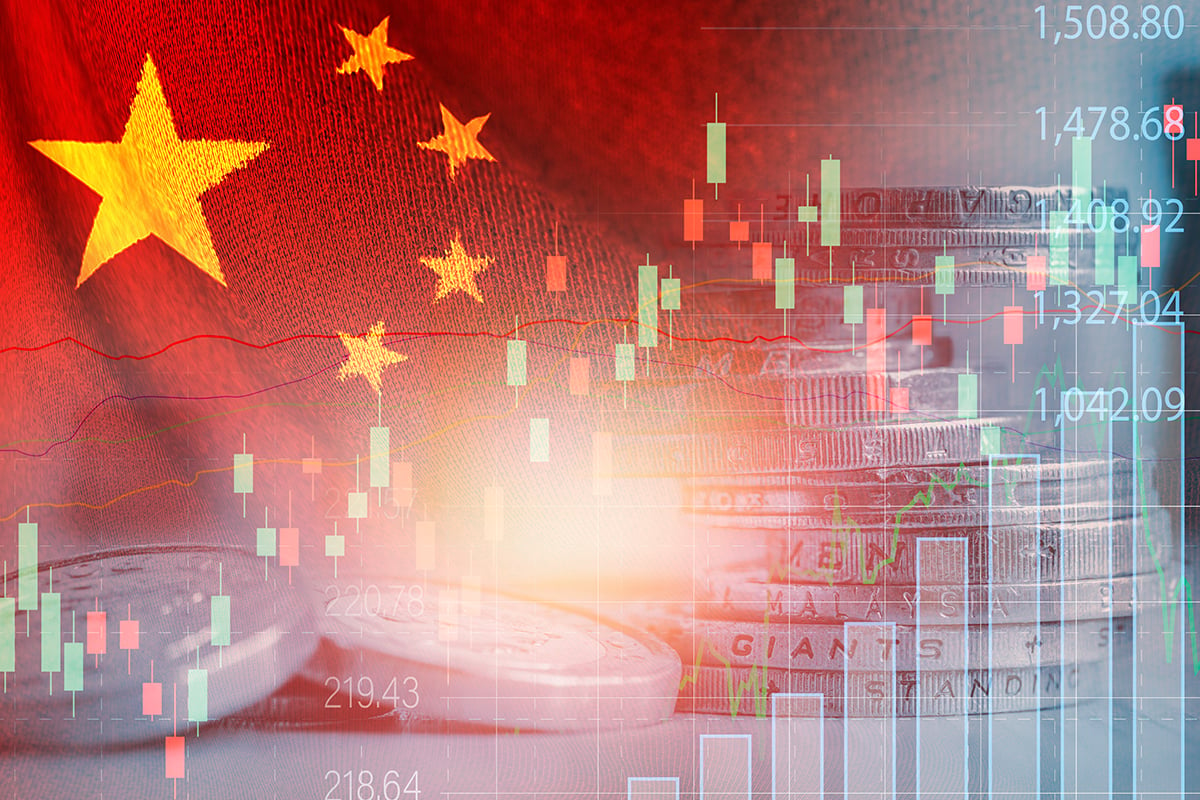China, the world’s second-largest economy, is experiencing a sharper-than-expected economic slowdown, raising alarms both domestically and internationally. With economic indicators signaling continued sluggishness, experts now doubt China will hit its targeted 5% growth for the year. Industrial output and retail sales have been disappointing, while the stock markets and real estate sectors have suffered heavy losses.
Youth unemployment has surged, adding to the challenges. In July, the jobless rate for young urbanites reached 17%, a worrying figure that mirrors broader instability in the labor market. Overall unemployment in urban areas also climbed to 5.3%, the highest level in six months. As uncertainty grows, many households are opting to save rather than spend, deepening the economic slowdown. Deflation is another pressing concern, complicating efforts to revive the economy.
Property Sector in Crisis
A major contributor to China’s economic troubles is its floundering property market. Once accounting for almost a quarter of the country’s economic activity, the real estate sector has struggled since 2020, when the government restricted developers’ borrowing. This led to several high-profile defaults, sending shockwaves through the economy. Real estate investments have dropped more than 10% compared to the same period last year.
The decline in property values has not only hurt household wealth but has also crippled local governments, which rely on land sales for revenue. The combined pressure on local authorities and families is severely limiting China’s overall economic growth prospects.
Struggling Stock Markets and Demographic Issues
The stock markets offer a clear picture of the economic challenges China faces. A key stock index has plunged by about 14% since its peak in May. Investors, both foreign and domestic, have grown increasingly cautious due to the absence of a convincing recovery plan, despite the country’s reopening after strict COVID-19 lockdowns.
China also grapples with demographic hurdles, such as an aging population and declining birth rates. In response, the government has raised the retirement age—by three years for men and five years for women in certain sectors. While this is meant to alleviate the shrinking workforce, it is unlikely to fully offset long-term labor shortages.
Challenges for the Private Sector
China’s private sector, once a thriving part of its economy, has also come under strain due to government intervention. Since taking power in 2013, President Xi Jinping has ramped up an anti-corruption campaign, initially focused on government officials but later expanding to business leaders. This has particularly impacted tech companies and other private industries, leading to reduced confidence in the Chinese business environment. U.S. firms operating in China reported their worst profits in 2023, with many shifting their investments to countries like Vietnam and India.
Limited Policy Responses
Despite mounting economic difficulties, Beijing has refrained from deploying the large-scale stimulus measures it used during the 2008 financial crisis. Economists have suggested cash payments to households or increased social welfare to stimulate demand, but the government has resisted such policies, choosing instead to focus on manufacturing investments.
In March, Premier Li Qiang announced over $1 billion in government funding to modernize sectors such as semiconductor manufacturing. This focus has produced some positive results, with manufacturing investment up 9% this year and a notable 8% increase in global exports in August compared to 2023.
Rising Global Trade Tensions
With weak domestic demand, China has ramped up its export activities, exacerbating tensions with key trading partners. Both the U.S. and the European Union have raised concerns about China’s use of state subsidies, particularly in industries like electric vehicles and solar panels, arguing that these practices distort global trade. In response, the U.S. has announced new tariffs, including a 100% tariff on electric vehicles and a 50% tariff on solar panels, set to be implemented by the end of September.
As China turns to exports to prop up its economy, global trade frictions are expected to intensify, creating more uncertainty in an already unstable economic landscape.







